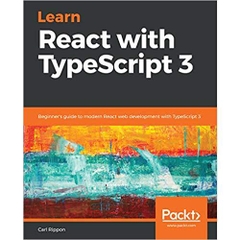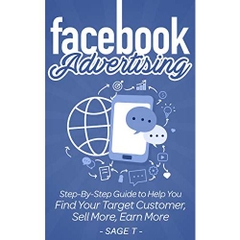-
-
-
Tổng tiền thanh toán:
-
-
Thông tin
-
Tìm sách theo yêu cầu
How inclusive methods can build elegant design solutions that work for all.
Sometimes designed objects reject their users: a computer mouse that doesn't work for left-handed people, for example, or a touchscreen payment system that only works for people who read English phrases, have 20/20 vision, and use a credit card. Something as simple as color choices can render a product unusable for millions. These mismatches are the building blocks of exclusion. In Mismatch, Kat Holmes describes how design can lead to exclusion, and how design can also remedy exclusion. Inclusive design methods—designing objects with rather than for excluded users—can create elegant solutions that work well and benefit all.
Holmes tells stories of pioneers of inclusive design, many of whom were drawn to work on inclusion because of their own experiences of exclusion. A gamer and designer who depends on voice recognition shows Holmes his “Wall of Exclusion,” which displays dozens of game controllers that require two hands to operate; an architect shares her firsthand knowledge of how design can fail communities, gleaned from growing up in Detroit's housing projects; an astronomer who began to lose her eyesight adapts a technique called “sonification” so she can “listen” to the stars.
Designing for inclusion is not a feel-good sideline. Holmes shows how inclusion can be a source of innovation and growth, especially for digital technologies. It can be a catalyst for creativity and a boost for the bottom line as a customer base expands. And each time we remedy a mismatched interaction, we create an opportunity for more people to contribute to society in meaningful ways.
Tại web chỉ có một phần nhỏ các đầu sách đang có nên nếu cần tìm sách gì các bạn có thể liên hệ trực tiếp với Thư viện qua Mail, Zalo, Fanpage nhé
Đăng ký nhận tin qua email
Hãy đăng ký ngay hôm nay để nhận được những tin tức cập nhật mới nhất về sản phẩm và các chương trình giảm giá, khuyến mại của chúng tôi.












